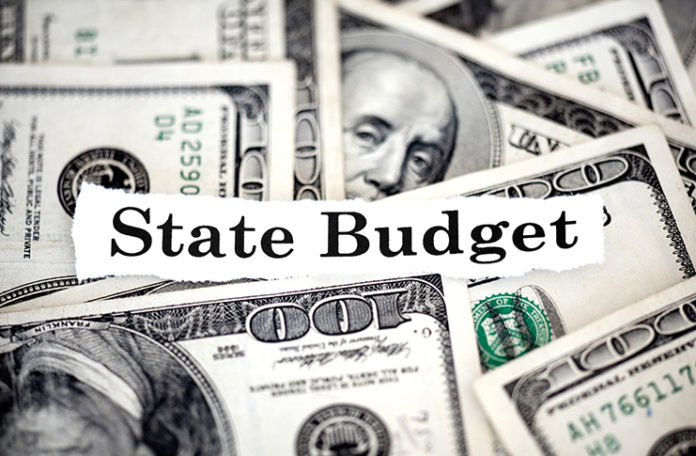
Budget Process
Wisconsin has a biennial budget that officially begins in the fall of even-numbered years when state agencies submit their budget requests to the governor. However, agencies and the governor’s office begin work in the summer to develop the budget.
The governor uses the agency requests and agency white papers to develop the budget, which is introduced in February of the following odd-numbered year. Once introduced, the Legislative Joint Finance Committee (JFC) holds hearings where the public will be able to provide input. The JFC then votes on the budget proposals agency-by-agency that can emerge as an alternate version of the governor’s budget.
The budget, as passed by JFC, then goes to the full Assembly and Senate for their approval. After both houses agree on a budget bill, it then heads to the governor’s desk for his signature.
Key Budgetary Statistics and Instructions
- Agency budgets to be held to zero growth or five percent reduction to the base.
- Exceptions:
- K-12 school aids
- Department of Corrections
- Department of Health Services
- Department of Children and Families (DCF) Division of Safety and Permanence
- DCF Division of Milwaukee Child Protective Services
- Department of Workforce Development Division of Vocational Rehabilitation
- Exceptions:
- Zero-growth policy also applies to SEG-funded administrative operations.
- Additional staff requests must be met through base reallocations.
- State agencies looking to increase ongoing federal funds.
- Agencies should limit policy items.
- Formal requests are due Monday, September 17.
The Wisconsin Department of Administration has published the Major Budget Policies 2019-21 and other information about the Biennial Budget. Follow the respective links to read more.





